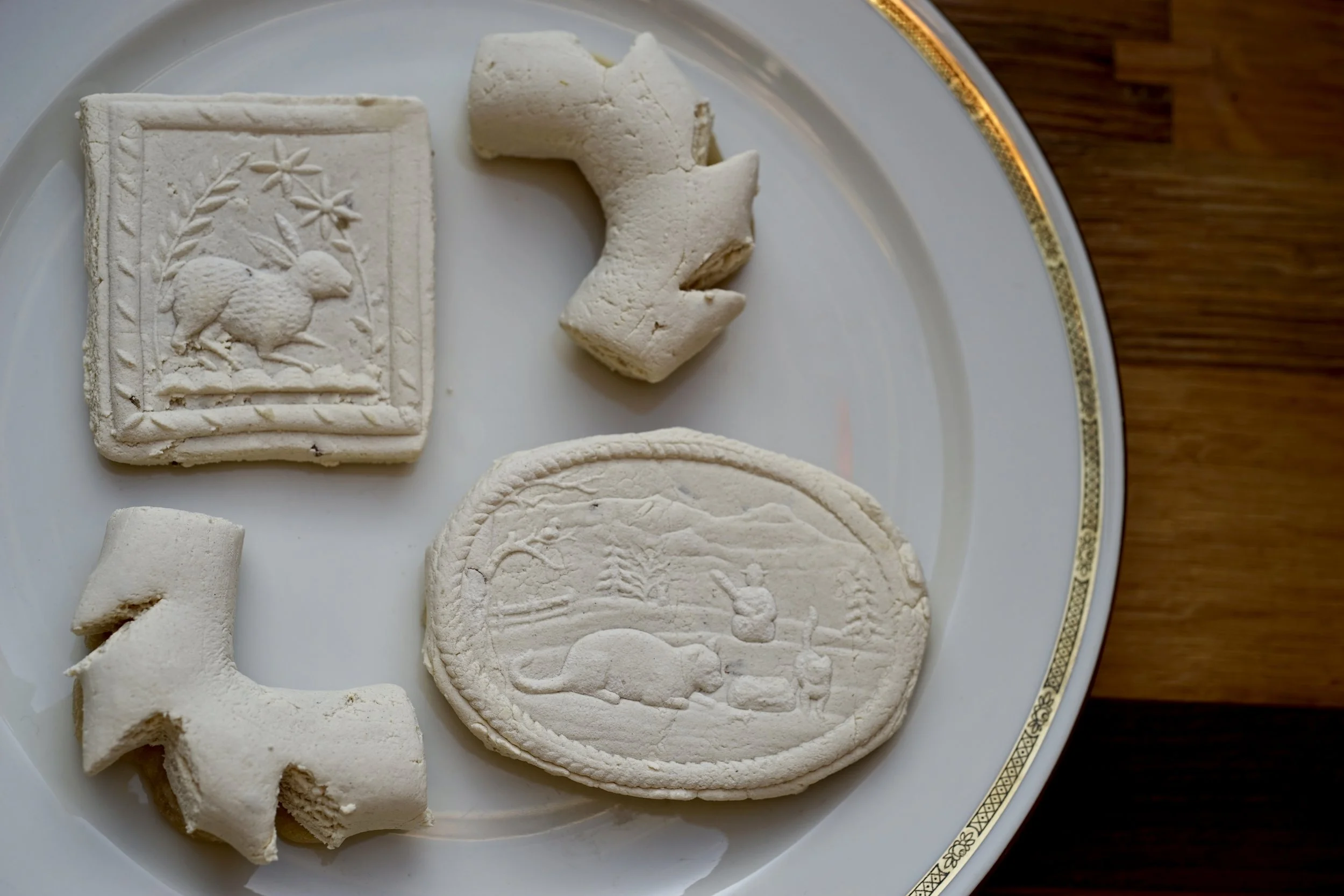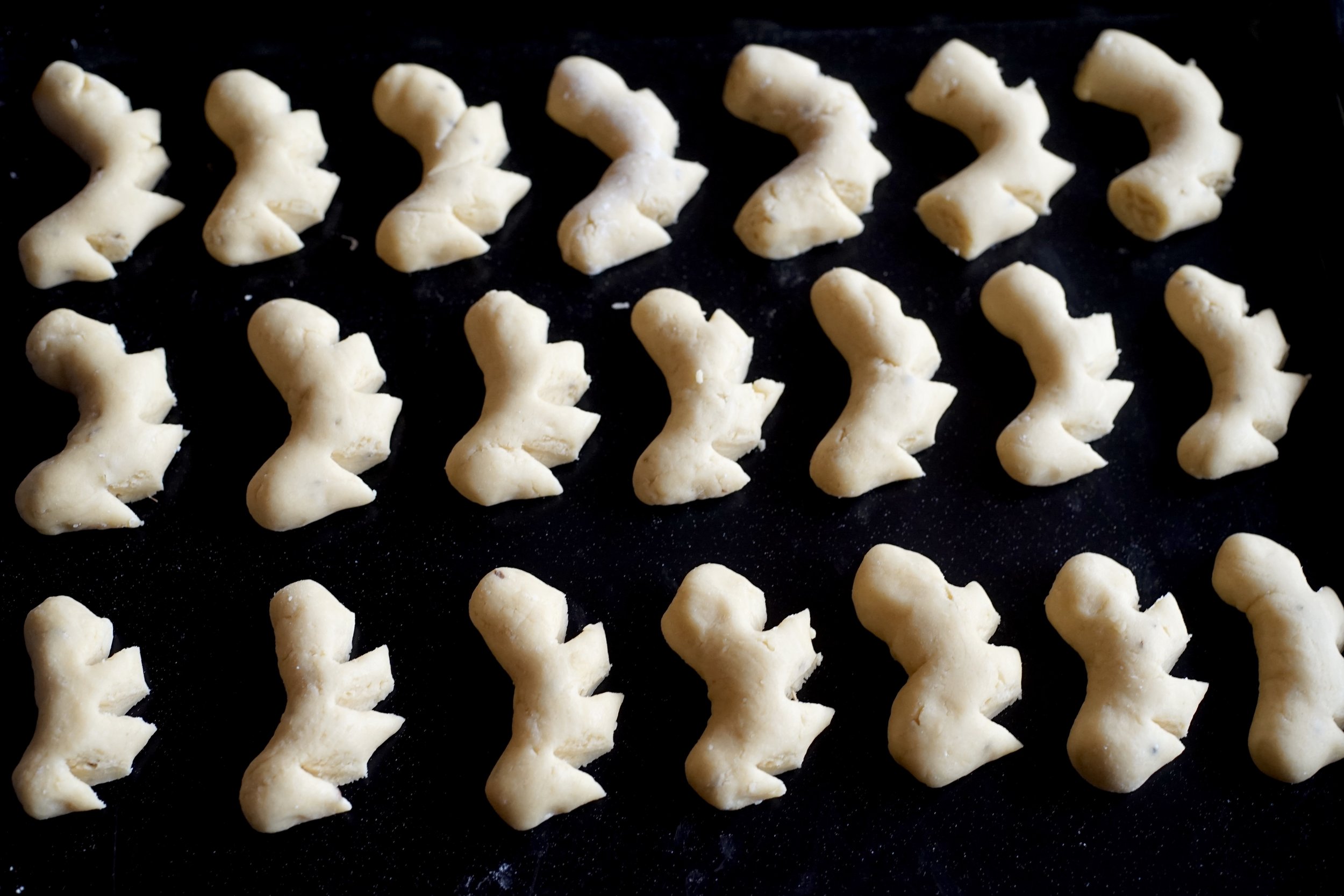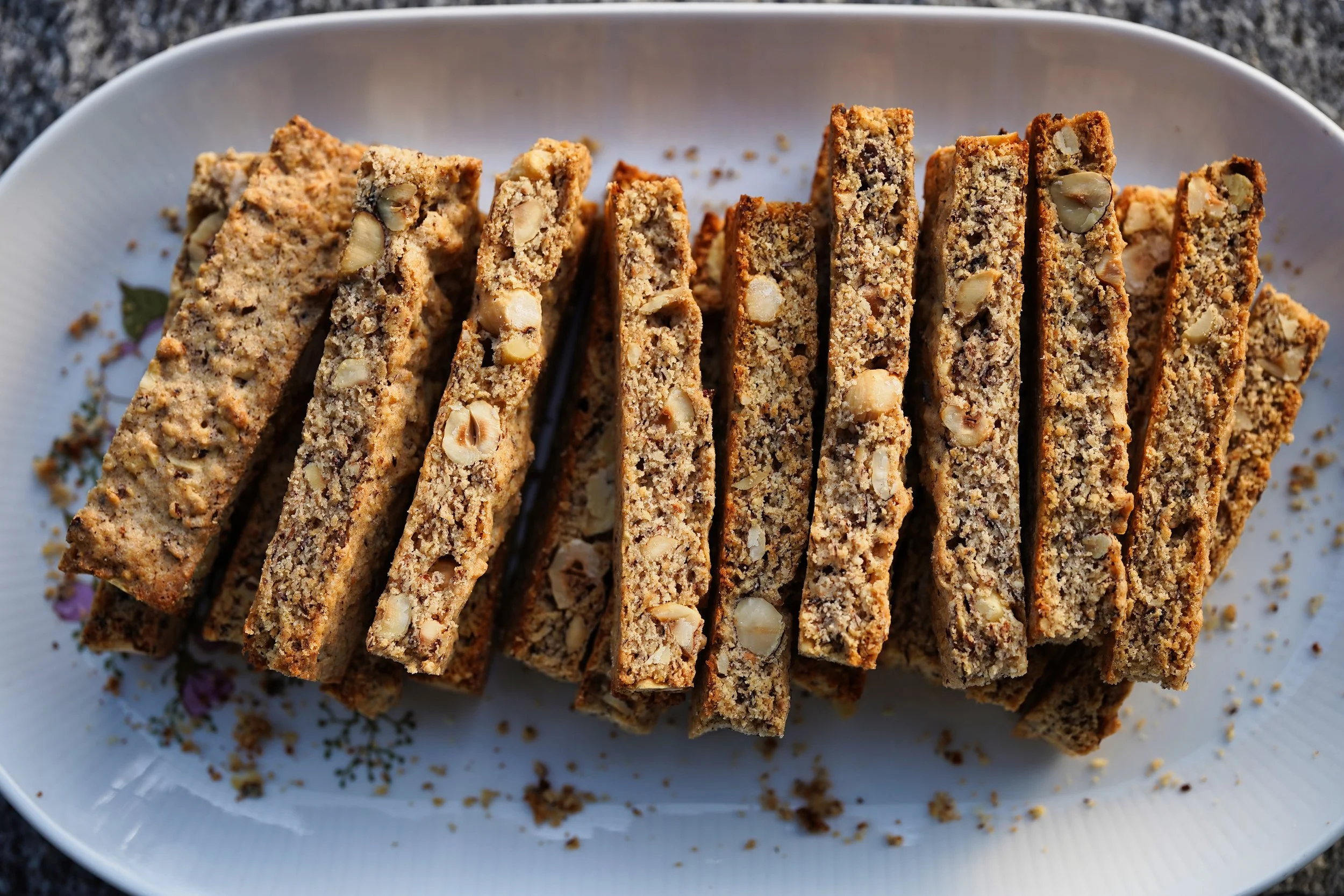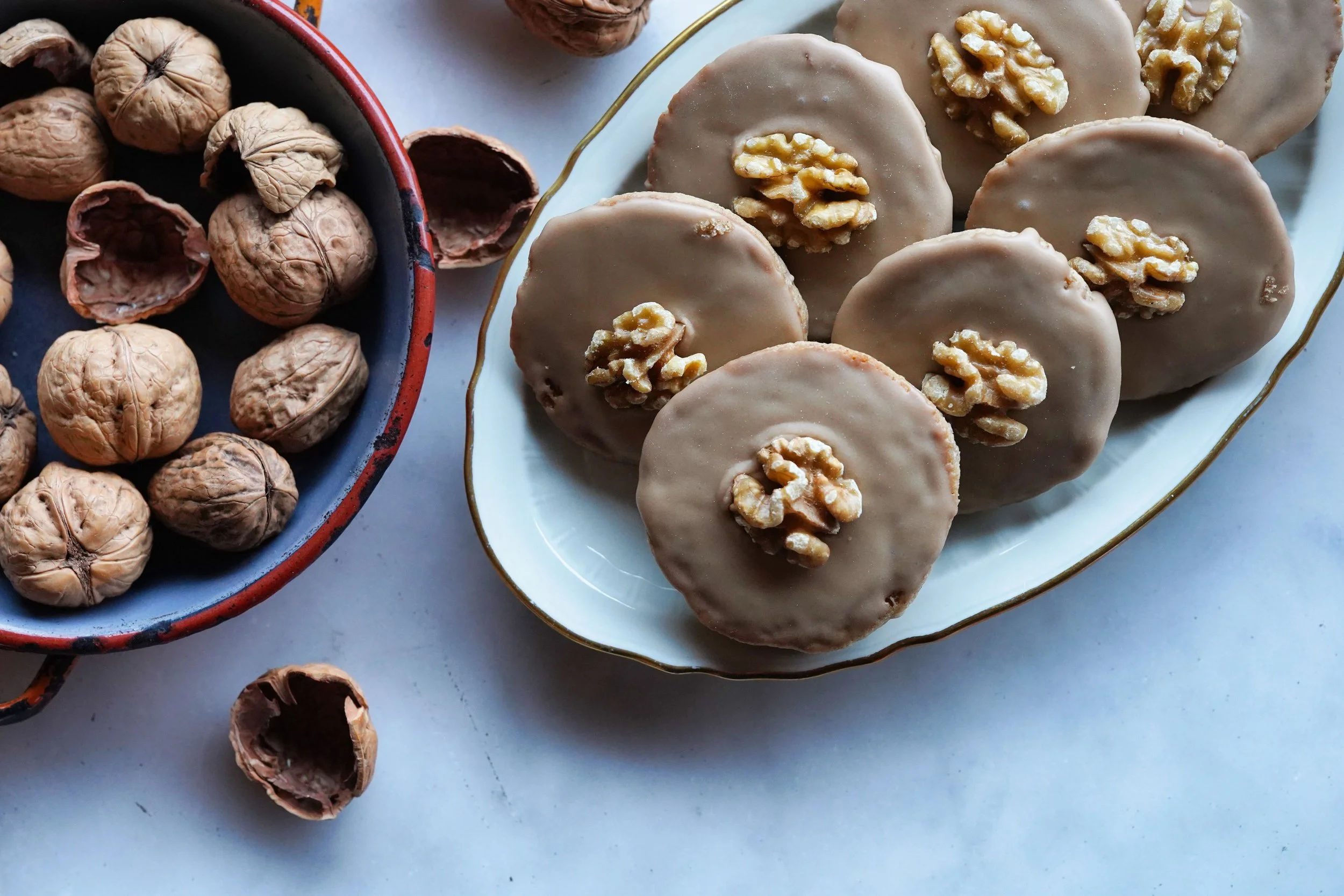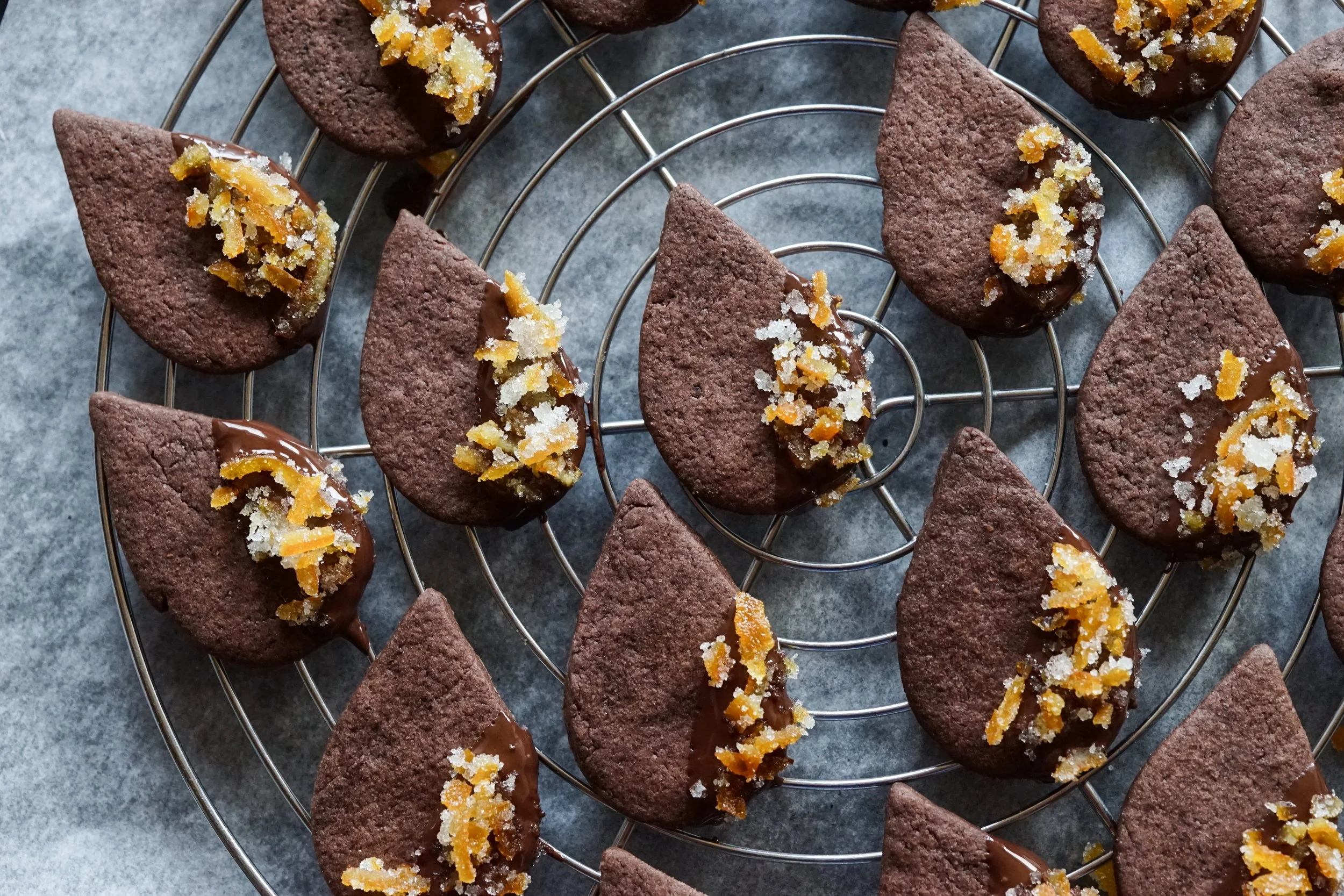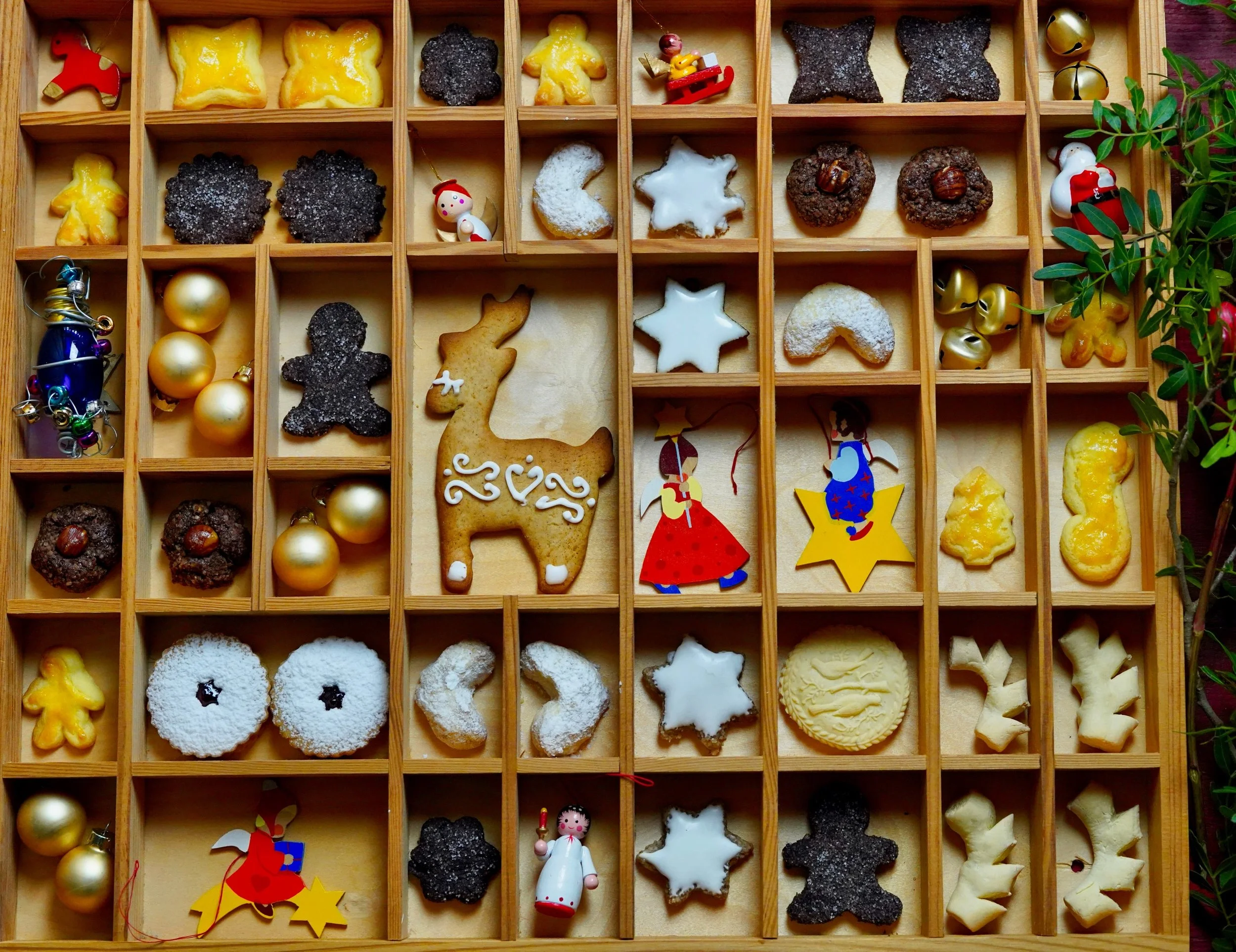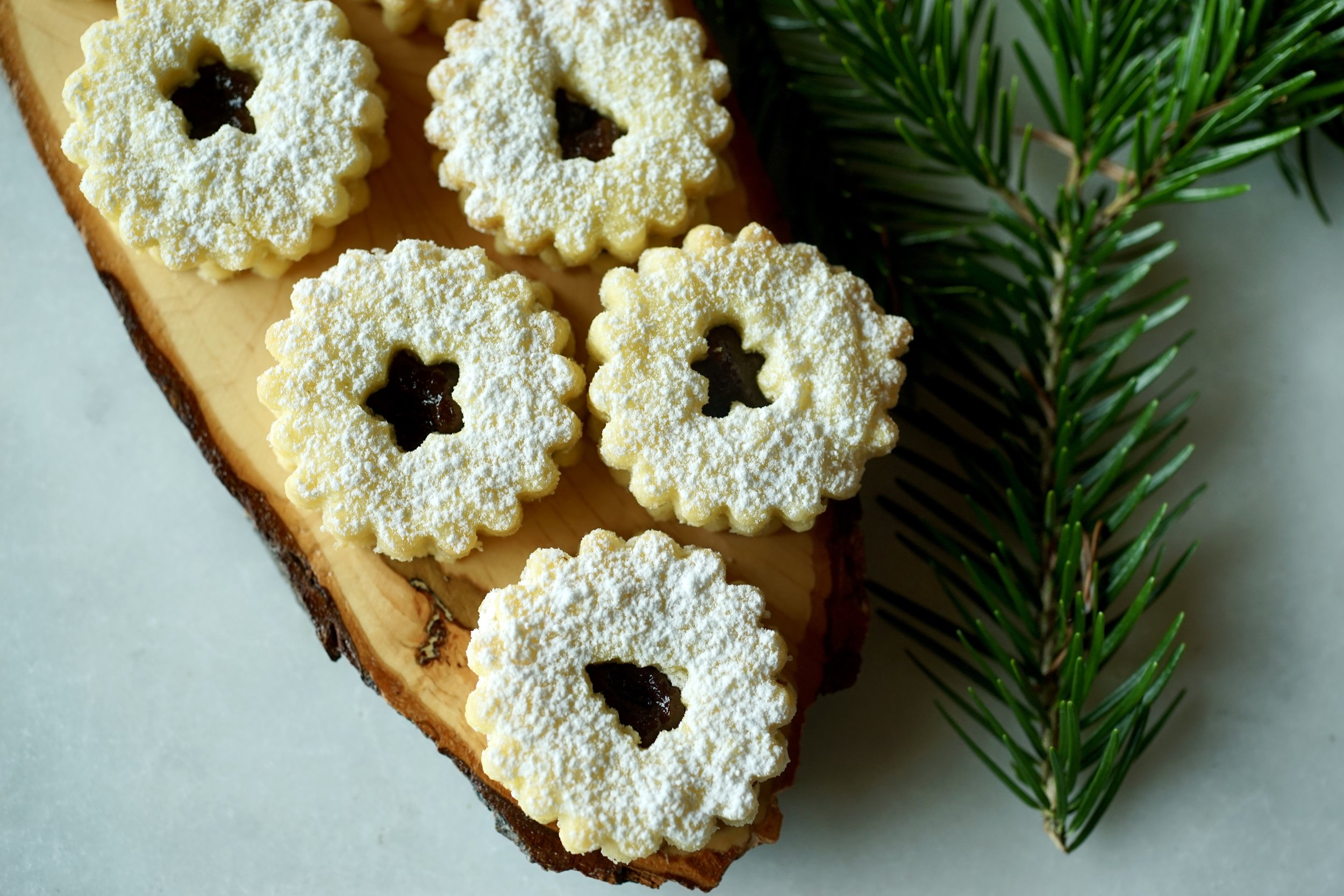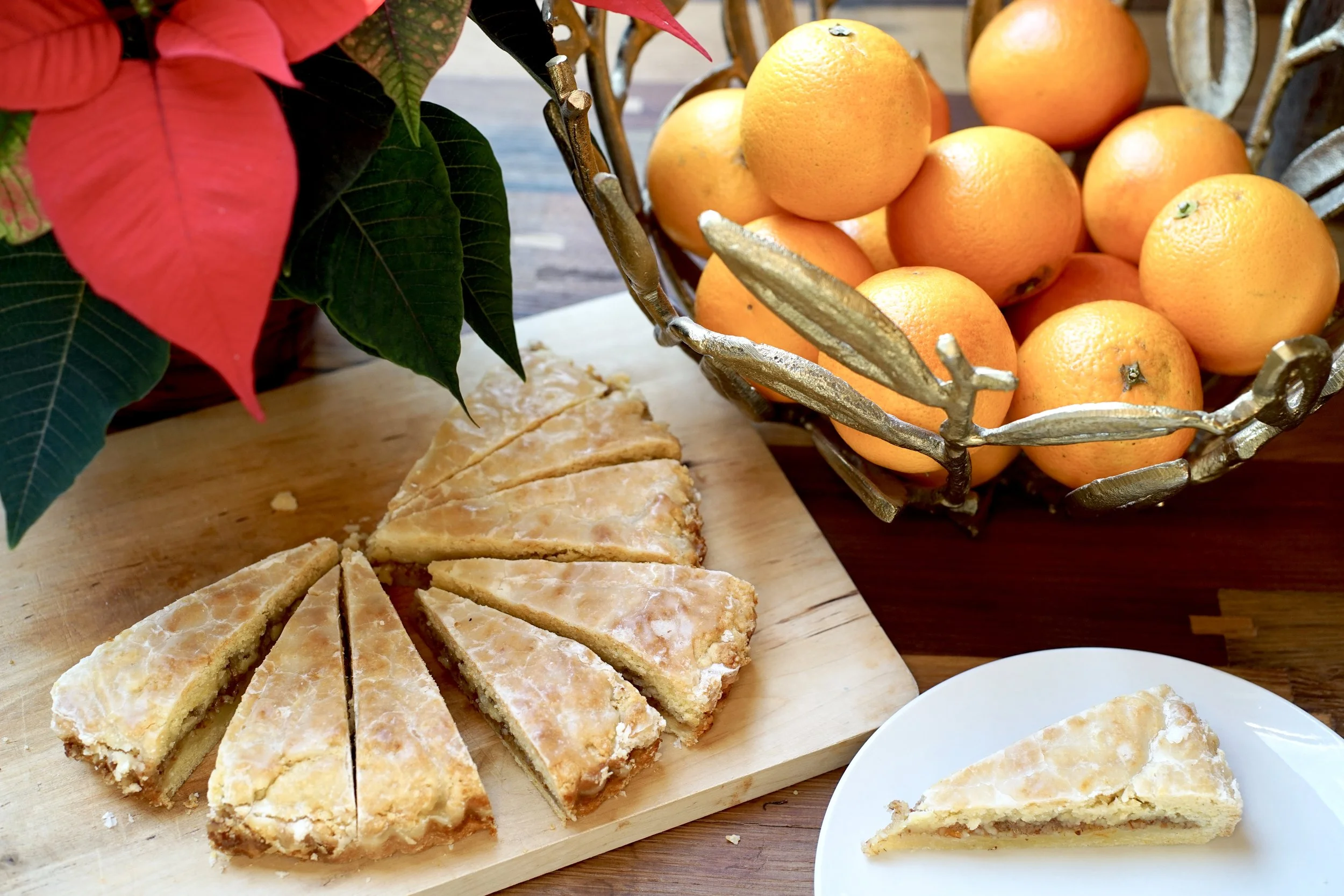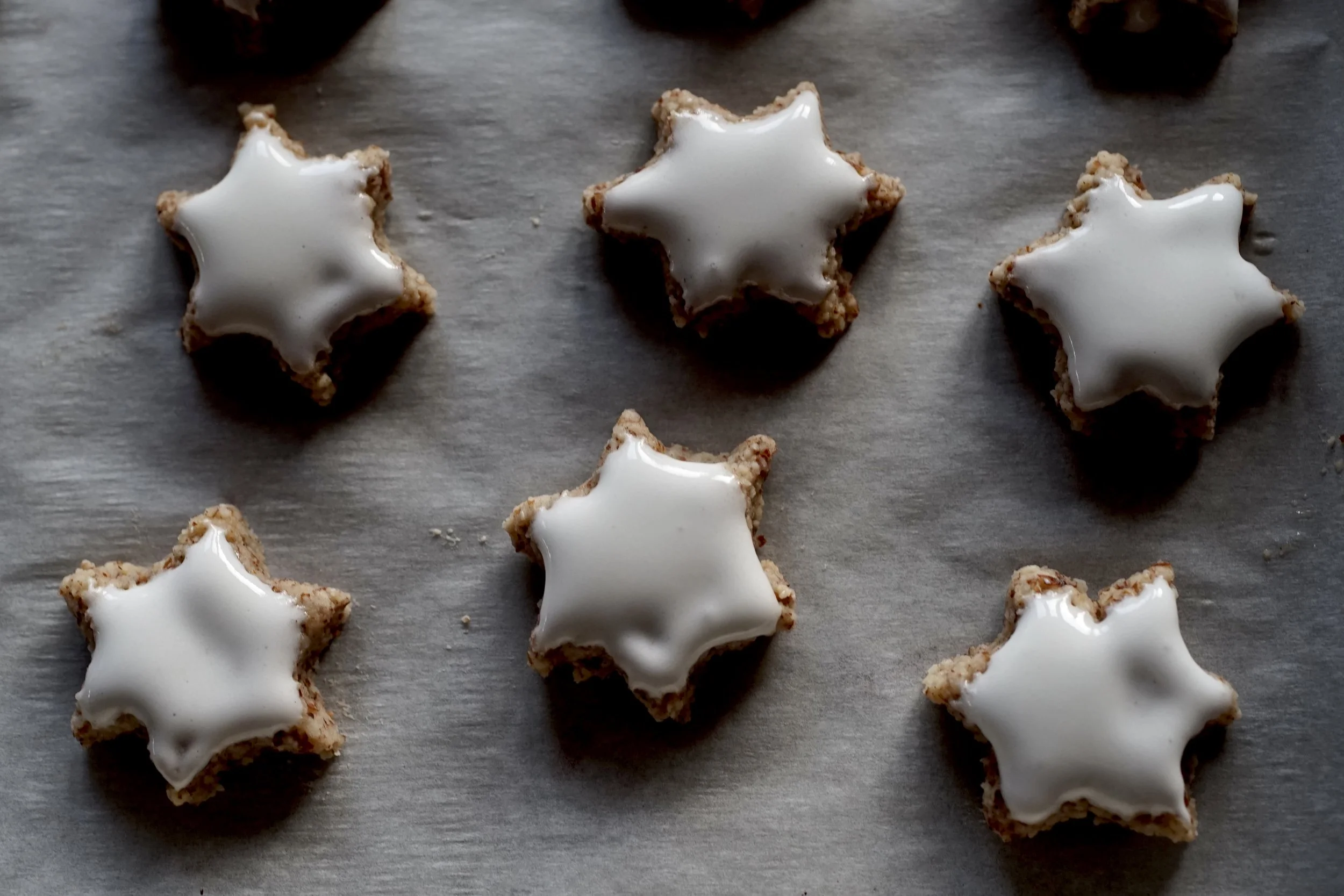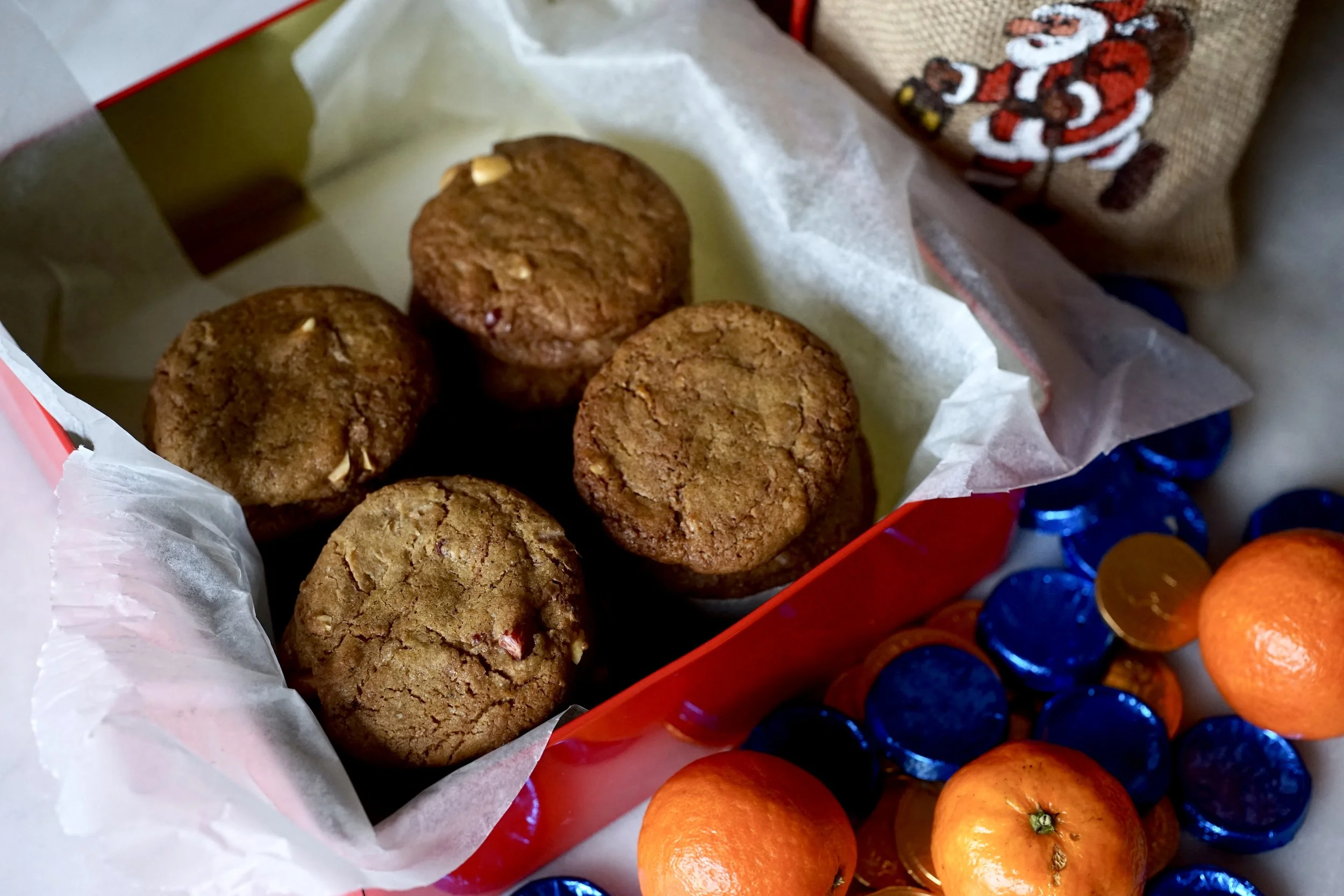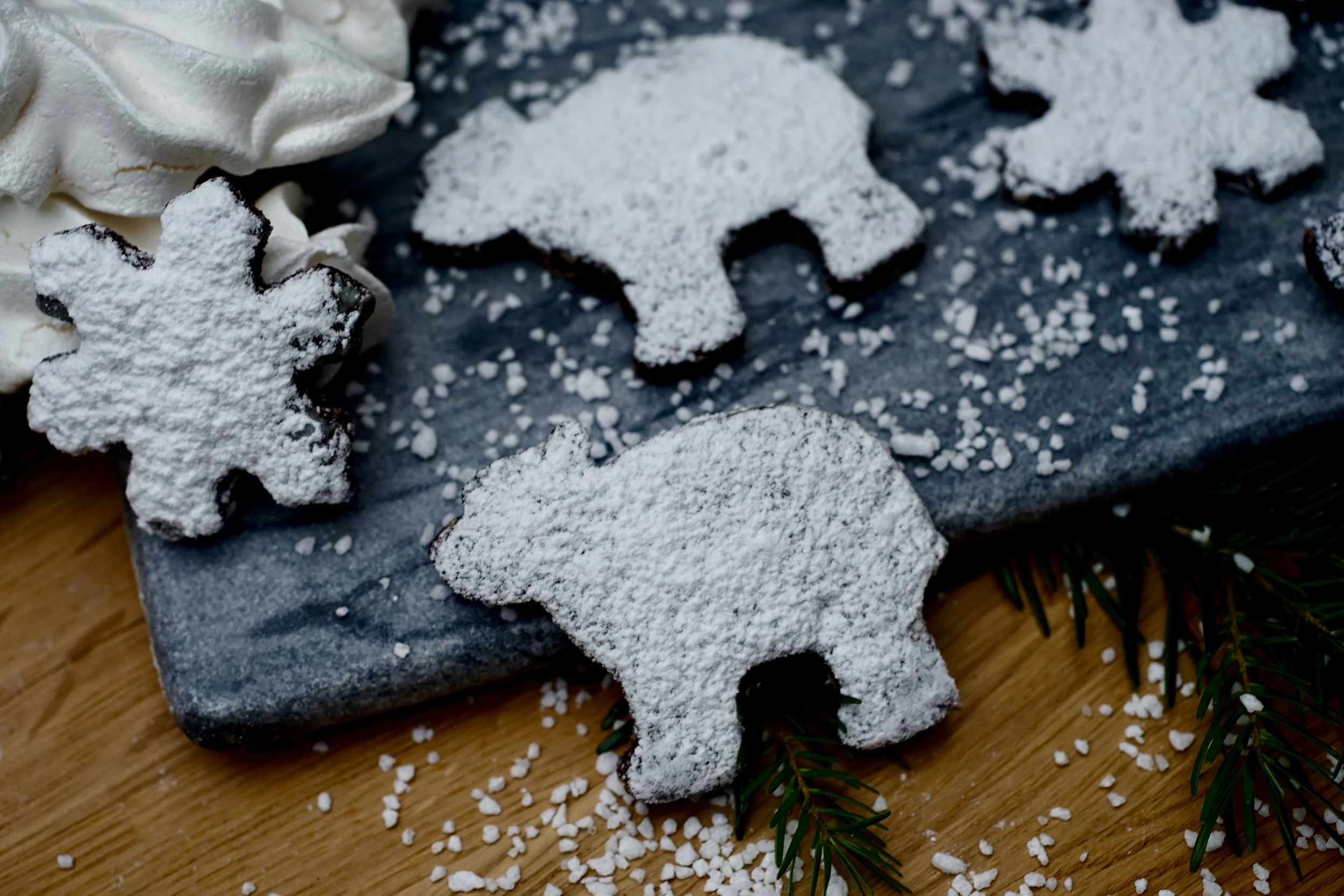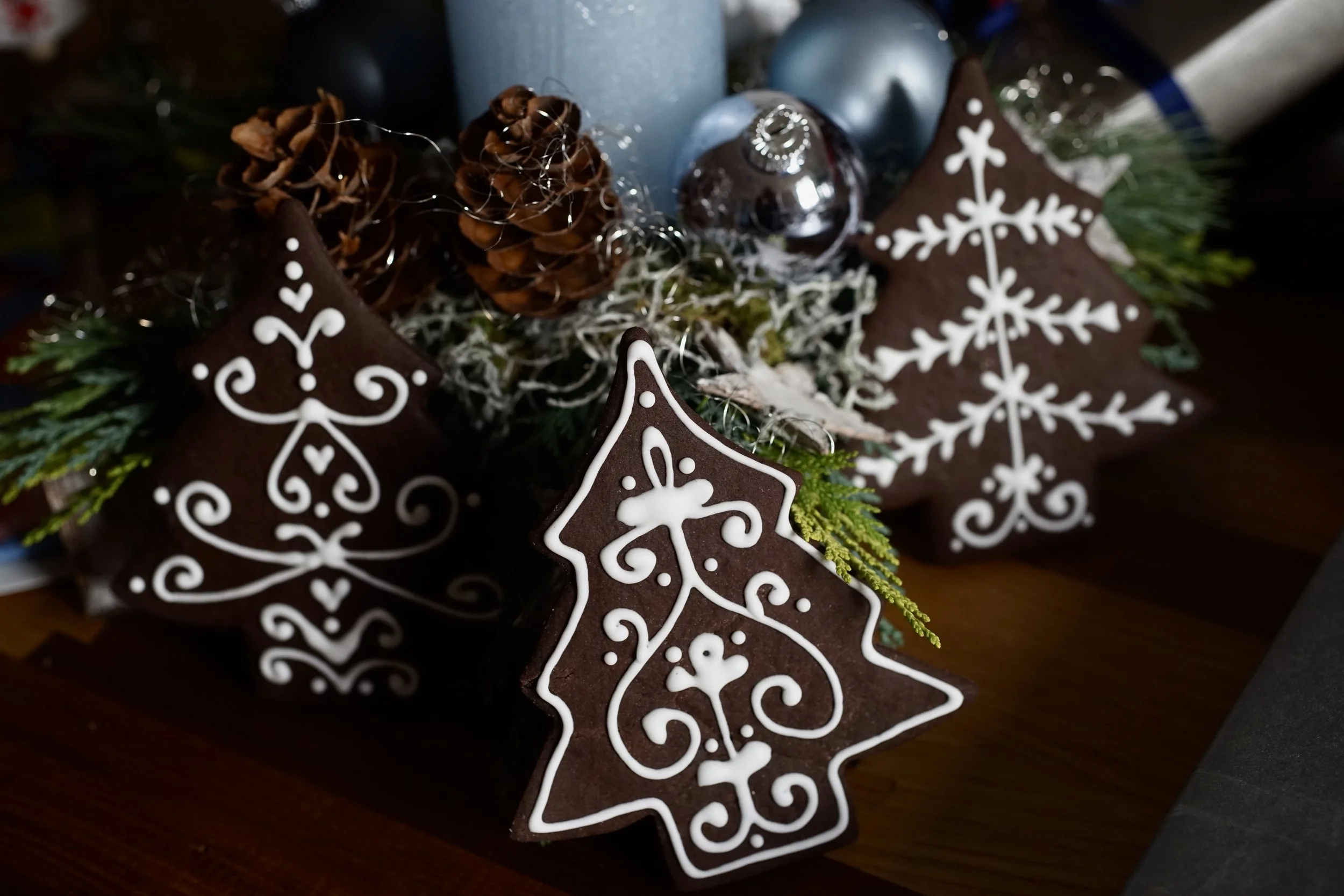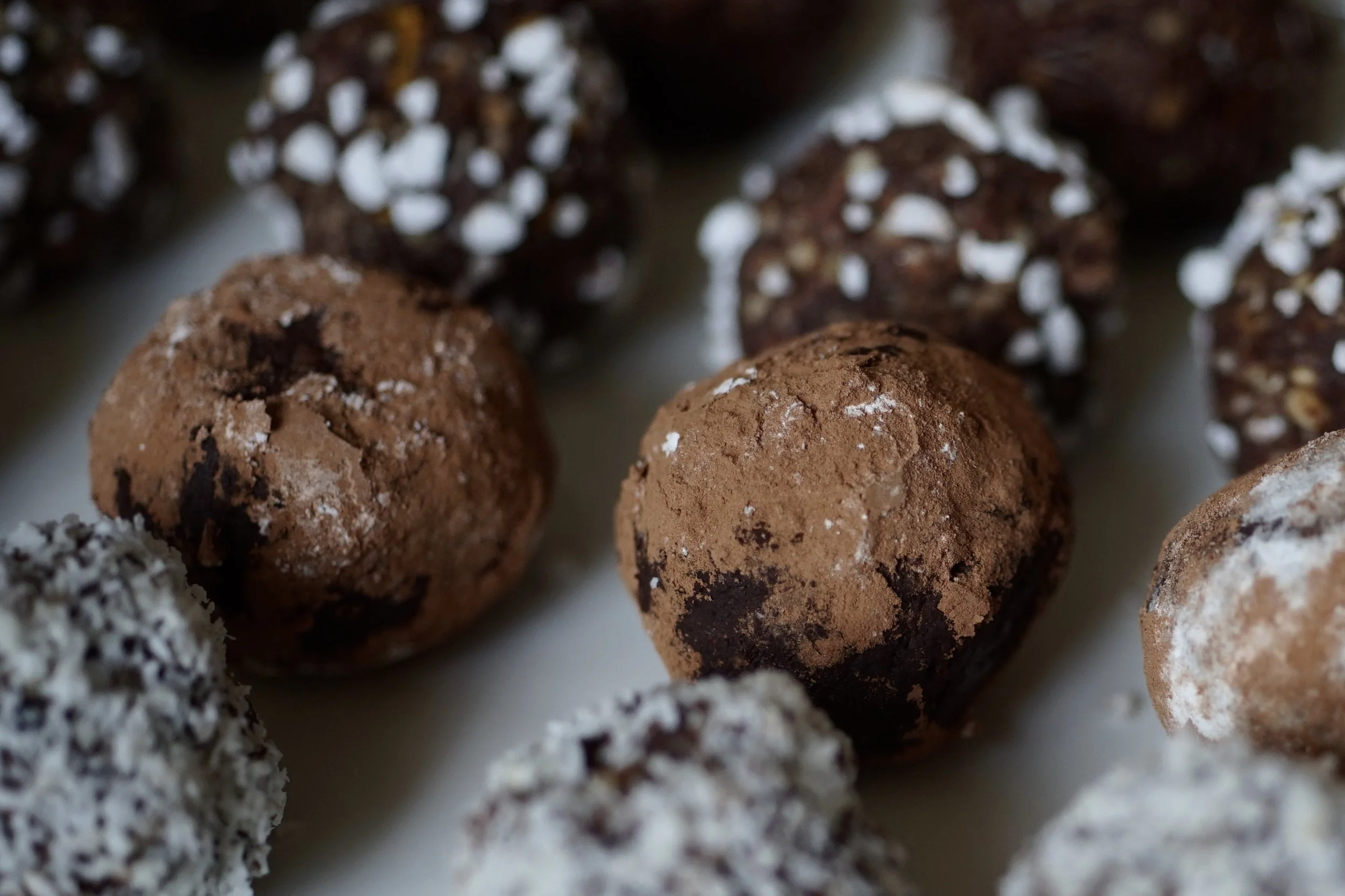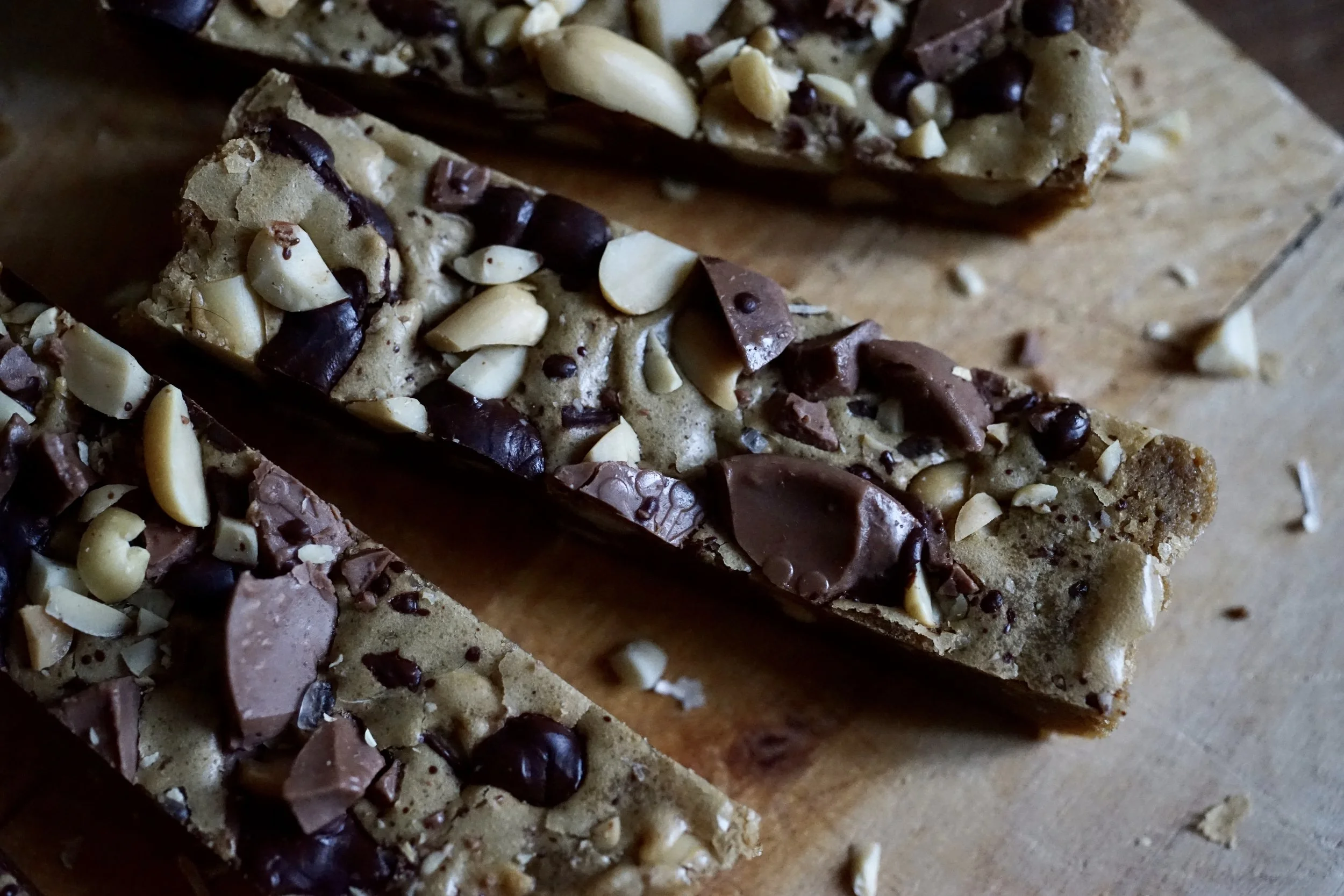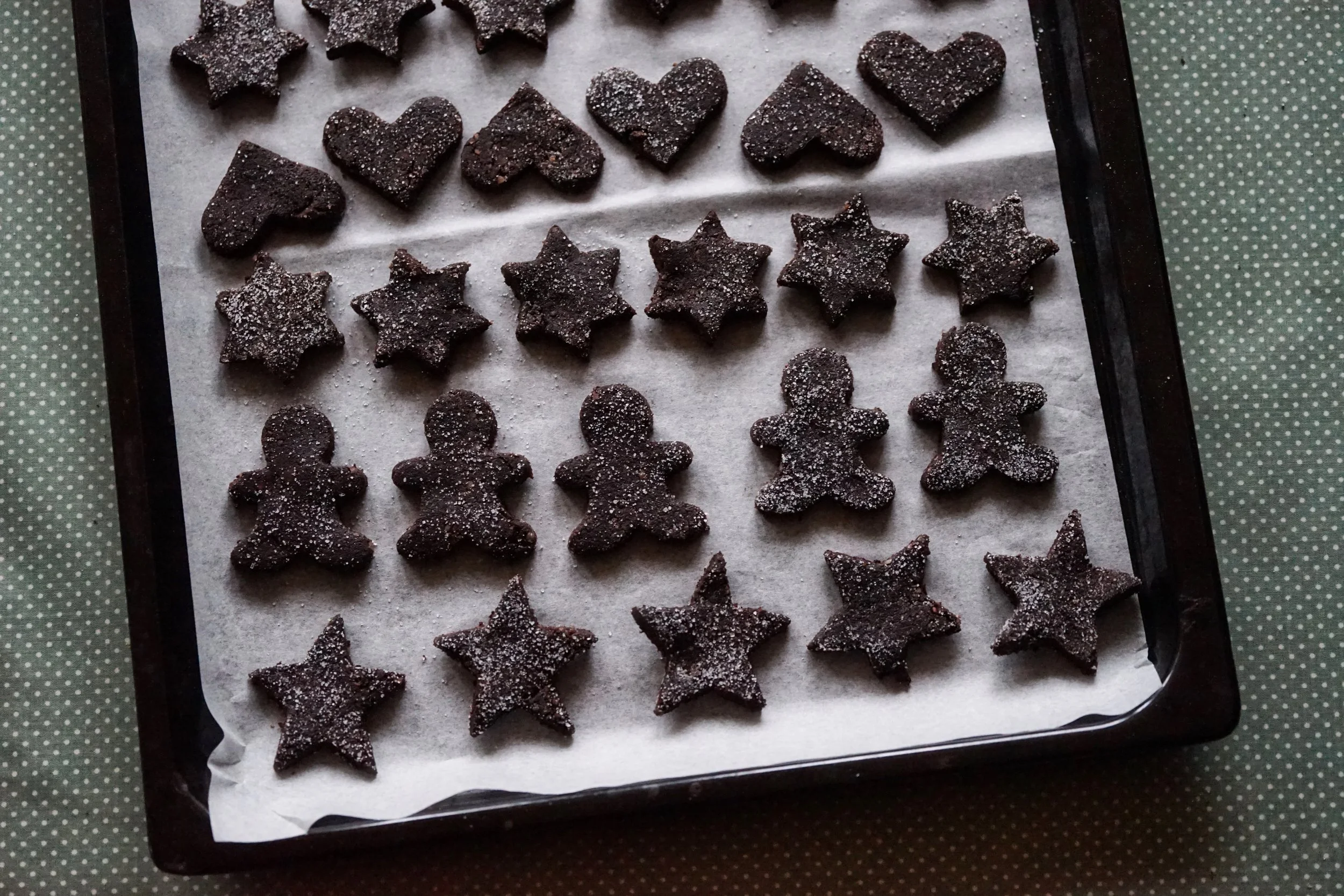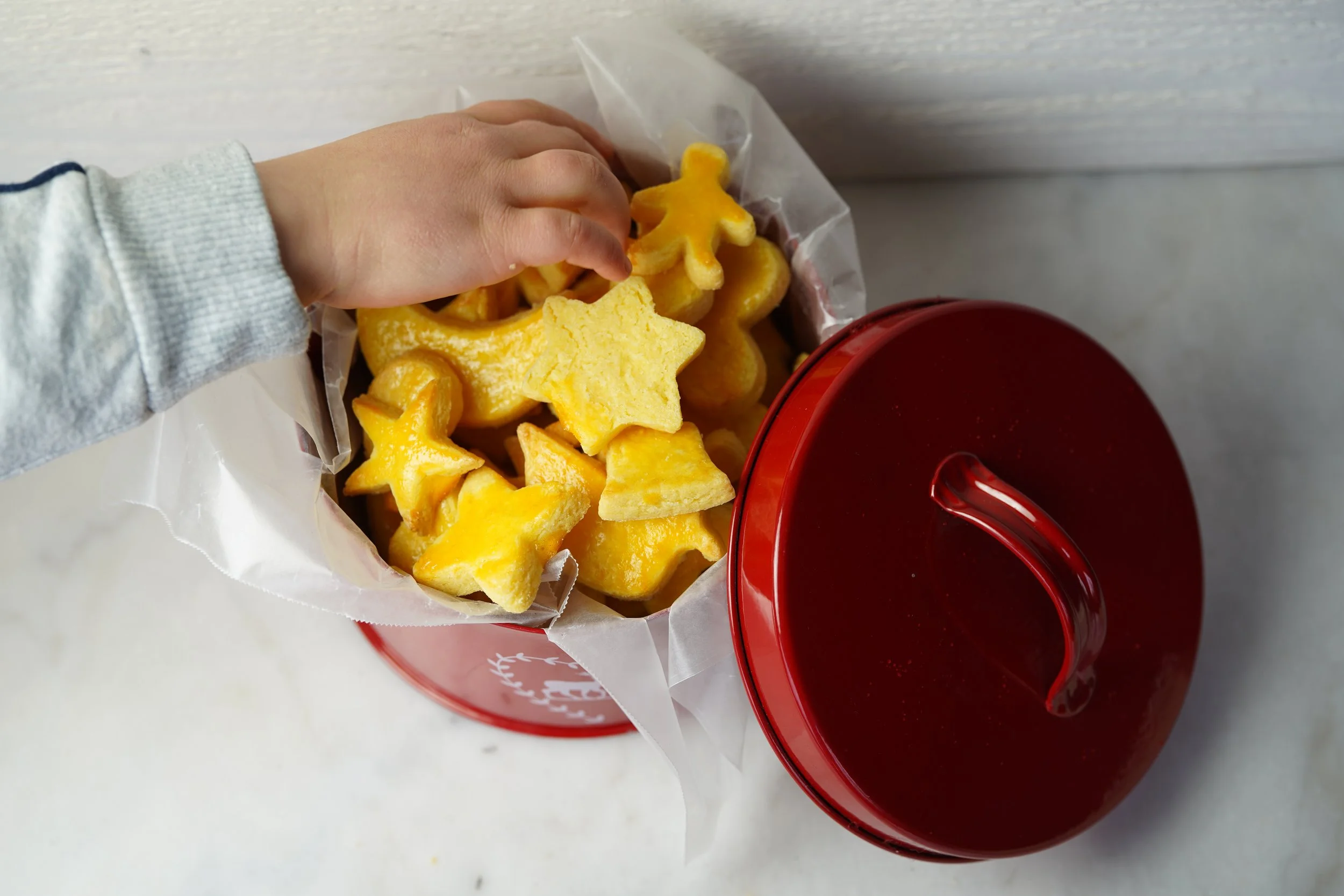Anisbrötli and Anischräbeli
The pale, elegant, anise flavoured cookies known in German-speaking Switzerland as Anisbrötli (made with molds) and Anischräbeli (spiky, curved) are a popular, if polemic, Christmas cookie.
It’s love or hate with these.
For some, it’s the liquorice flavour that doesn’t agree, and for others, it’s the threat of a tooth-breakingly hard bite that makes them shy away from these pretty treats.
There isn’t a lot to be done for anise-haters, but there are plenty of ways to prevent a bland, brittle, dry biscuit.
But first
A short history of Anisbrötli
Moulded cookies are nothing new, having been popular since Roman times and known to depict all manner of things—religious scenes, decorative motifs, everyday work. However, it was in Germany, more precisely Stuttgart, where these anise moulded cookies, also known as Spingerle, originated.
According to the Kulinarisches Erbe, they were initially popular in the north of Switzerland, especially in Basel, where something similar has been made sine the 17th century.
During this time, Anisbrötli was used as a replacement for marzipan—expensive ground almonds swapped out for flour—and known as “common” or “farmer” marzipan.
Today, it is popular during Christmas and its festive motifs make a beautiful addition to cookie tins and presents.
The recipe is pretty standard—beat icing sugar and eggs into a paste, add flour and roasted anise seeds, (and maybe some kirsch or lemon juice to get rid of the eggy taste) cut out and let dry (for at least a day), then bake low and slow.
Both the Brötli and Chräbeli should have Füsschen, or feet. During baking, the top part of the cookie rises and crisps up on top leaving a small, soft, golden foot at the base. These feet are as integral to the cookie as the anise flavouring.
The recipes are innumerable, almost all of my old cookbooks have it, with only very small variations. There are classic versions from Elisabeth Fülscher, Betty Bossi, Rosina Gschwind, and Marianne Kaltenbach. All agree that the most important thing is to really whip the sugar and egg paste, and to let the cookies rest for at least 24 hours, to develop feet.
You can find the forms in second had shops, at the market, or from this amazing website.
4 eggs
500 g icing sugar
shot of kirsch
2 tbsp anise seeds, lightly toasted
500 g flour
Grease a couple of baking sheets.
Using a stand mixer with a paddle attachment, whip together the eggs and icing sugar. Keep whipping for about ten minutes, or until you get a thick, pale paste.
Fold in the kirsch, anise, and flour.
Let the dough rest for about ten minutes, then it is ready to use.
For Brötli (forms):
Roll out the dough. Flour the forms, brushing them with a pastry brush to remove loose flour. Press them into the dough. Use a paring knife to cut around them, then use a small offset spatula to move them onto the greased baking sheets.
For Chräbeli:
Roll the dough into logs and cut into 15 cm tubes. Make 3 slightly diagonal cuts in one side of the dough and curve them slightly. Place them on the greased baking sheets.
Now you want to let the cookies dry for at least 24 and up to 48 hours.
When you are ready to bake:
Preheat oven to 150 C / 300 F / gas mark 2. Do not use convection.
Keeping the oven door slightly ajar, bake the cookies for about 20 minutes, or until they are fully dried out.
Make sure you really beat the eggs and sugar into a thick, pale paste.—for about ten minutes. The easiest way to do this is with a stand mixer.
Try to find a draft free place to put your drying cookies. I usually tuck them away in a cold oven overnight.


